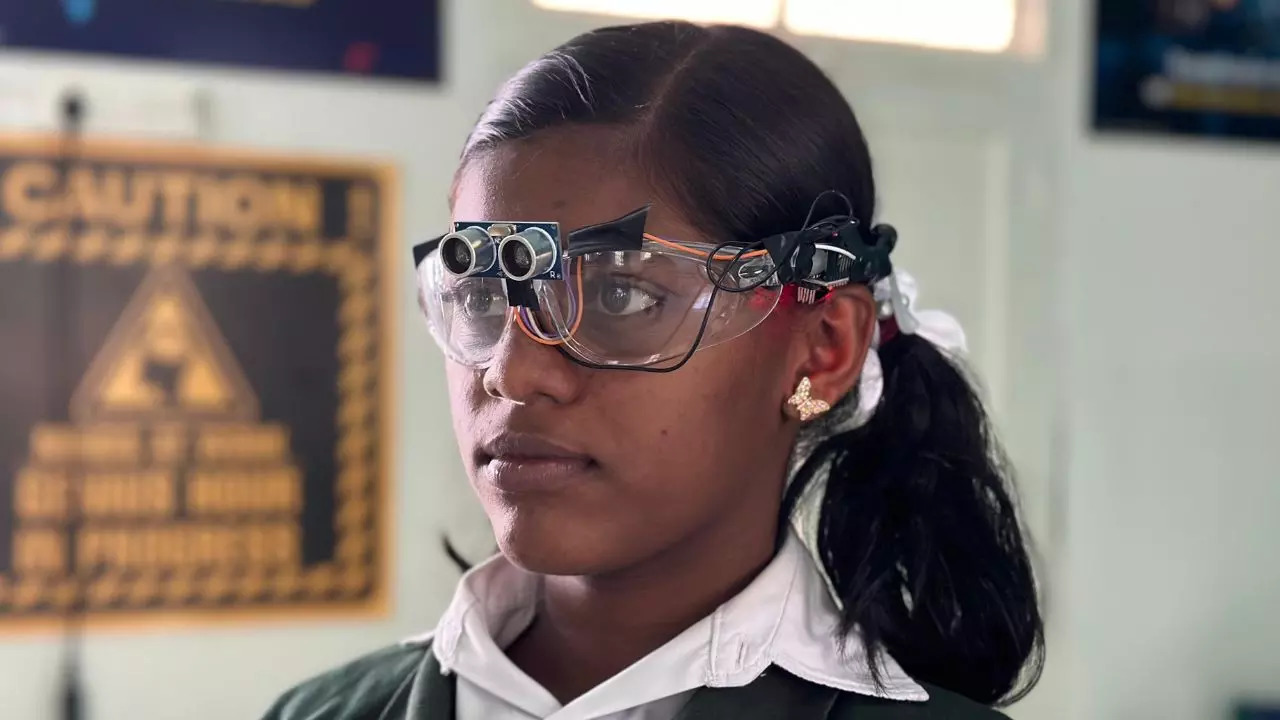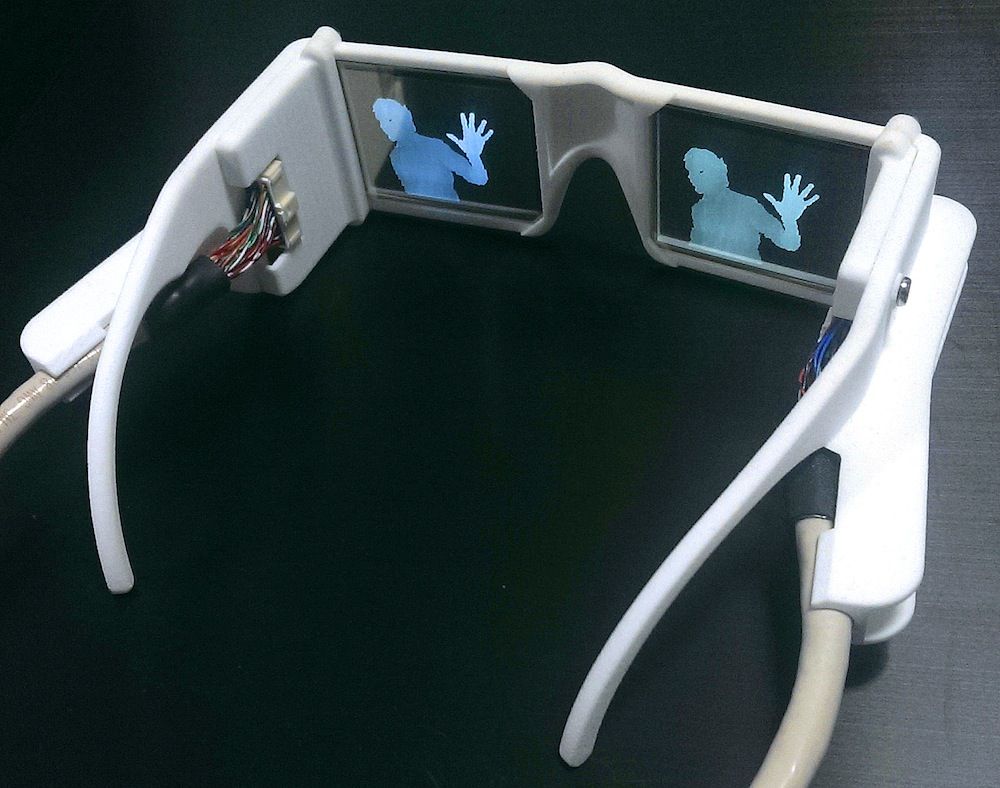Enhancing Access Through Assistive Technology for the Blind
The assimilation of assistive modern technology for the blind represents a crucial development in accessibility, fundamentally altering how people browse their settings and involve with culture. From display viewers to cutting-edge clever walking sticks, these tools not only improve freedom but additionally advertise inclusivity in different spheres of life. As we explore the varied sorts of assistive gadgets and their tangible impacts on daily living, it becomes important to examine how recurring technical developments are reshaping the landscape of support for the blind area. What ramifications do these advancements hold for the future of accessibility?
Review of Assistive Innovation
Assistive technology describes a range of gadgets and software program developed to boost the abilities of people with specials needs, including those who are blind or visually impaired. This technology plays an important role in promoting freedom and improving the lifestyle for customers. By offering different methods for accessing info and performing everyday jobs, assistive modern technology equips people to navigate their atmospheres better.
The advancement and implementation of assistive innovation welcome a selection of principles focused on promoting accessibility. These principles consist of user-centered layout, which focuses on the requirements and choices of the person, and the assimilation of technology into daily activities. Such developments ensure that assistive tools are not just functional but additionally instinctive and easy to use.
Additionally, assistive modern technology incorporates a varied range of solutions, from low-tech options like magnifiers to state-of-the-art advancements such as display viewers and Braille display screens. The recurring advancement of this area is driven by the need to deal with the distinct challenges dealt with by people with aesthetic impairments (Wearable technology for low vision). As modern technology continues to development, the capacity for improving ease of access and promoting inclusivity stays promising, ultimately contributing to an extra fair culture

Kinds Of Assistive Instruments
Countless sorts of assistive tools are available to support individuals that are aesthetically damaged or blind, each made to address particular demands and challenges. These devices can be broadly categorized into 3 main types: low-tech, mid-tech, and state-of-the-art remedies.
Low-tech devices include items such as magnifiers, Braille labels, and tactile maps. These are relatively basic devices that improve the customer's capacity to connect with their setting without requiring complicated innovation.
Mid-tech tools often include advanced attributes, such as digital magnifiers and portable Braille note-takers. These gadgets can provide performances like speech outcome, allowing users to access details extra successfully.

Influence on Daily Living
The availability of various assistive gadgets dramatically boosts the high quality of life for people who are aesthetically damaged or blind, affecting their everyday living in profound ways. By incorporating modern technologies such as display visitors, Braille shows, and audio description services right into their regimens, individuals acquire higher autonomy and independence. These devices assist in accessibility to info, enabling people to execute day-to-day tasks, such as reading e-mails, browsing public areas, and appreciating media web content.
Additionally, assistive devices empower people to involve more totally in social communications and community tasks. The capacity to use smartphones outfitted with availability features allows for smooth communication and link with others. This connectivity fosters a feeling of belonging and decreases feelings of seclusion.
In professional setups, assistive innovation sustains efficiency by allowing people to complete work tasks efficiently. Devices like voice acknowledgment software and specialized magnifying devices make it possible for individuals to join the labor force on equal ground with their sighted peers.

Innovations in Modern Technology
Current technological developments have significantly changed the landscape of devices offered for individuals who are visually impaired or blind. The assimilation of expert system (AI) and artificial intelligence has actually triggered applications that enhance navigating and item recognition. For instance, mobile phone apps can currently make use of AI to determine and describe environments in real-time, offering users with beneficial contextual info.
Additionally, innovations in haptic innovation have led to the advancement of clever walking sticks equipped with sensors that spot barriers and give responsive feedback. This equips users to browse their environment with boosted confidence and freedom. Additionally, technologies in text-to-speech software application and braille display screens have actually improved the availability of digital material, enabling seamless communication with various media.
Wearable innovations, such as wise glasses, are likewise making strides in assisting aesthetic problems. As modern technology proceeds to evolve, the potential for even more transformative tools remains on the horizon.
Future Trends and Innovations
As innovation rapidly proceeds, the future of assistive blog tools for individuals that are blind holds immense assurance. Advancements in expert system (AI) and device learning are positioned to revolutionize the means blind users connect with their atmospheres. AI-driven applications are being created to enhance things recognition, enabling customers to identify and browse their surroundings with higher convenience and accuracy.
Additionally, advancements in haptic comments modern technology are enabling the development of responsive maps and great post to read navigation aids that give real-time information with touch. These technologies not only enhance wheelchair yet likewise foster self-reliance. Additionally, wearable devices equipped with augmented truth (AR) features are arising, supplying individuals aesthetic information via sound descriptions, consequently bridging the gap in between the physical and digital globes.
Additionally, the integration of clever home technology offers new opportunities for ease of access, allowing people to regulate their living atmospheres through voice commands or smartphone applications. As collaboration in between technology designers and the blind area continues, the focus on user-centered layout will certainly make sure that future innovations are customized to fulfill the distinct requirements navigate here of this population (Wearable technology for low vision). The trajectory of assistive modern technology guarantees a more empowering and inclusive future for people that are blind
Verdict
In final thought, assistive technology plays a crucial role in enhancing access for people with visual impairments. Continual improvements in innovation and user-centered style make certain that these devices provide efficiently to the unique needs of the blind area.
The assimilation of assistive technology for the blind stands for a crucial improvement in access, essentially modifying how individuals browse their atmospheres and engage with society.Assistive modern technology refers to a variety of gadgets and software application created to improve the capabilities of individuals with handicaps, consisting of those who are visually damaged or blind. Wearable technology for low vision.As technology rapidly proceeds, the future of assistive devices for people that are blind holds enormous assurance. The trajectory of assistive technology promises an extra comprehensive and empowering future for people that are blind
In conclusion, assistive modern technology plays a vital duty in enhancing ease of access for individuals with visual disabilities.